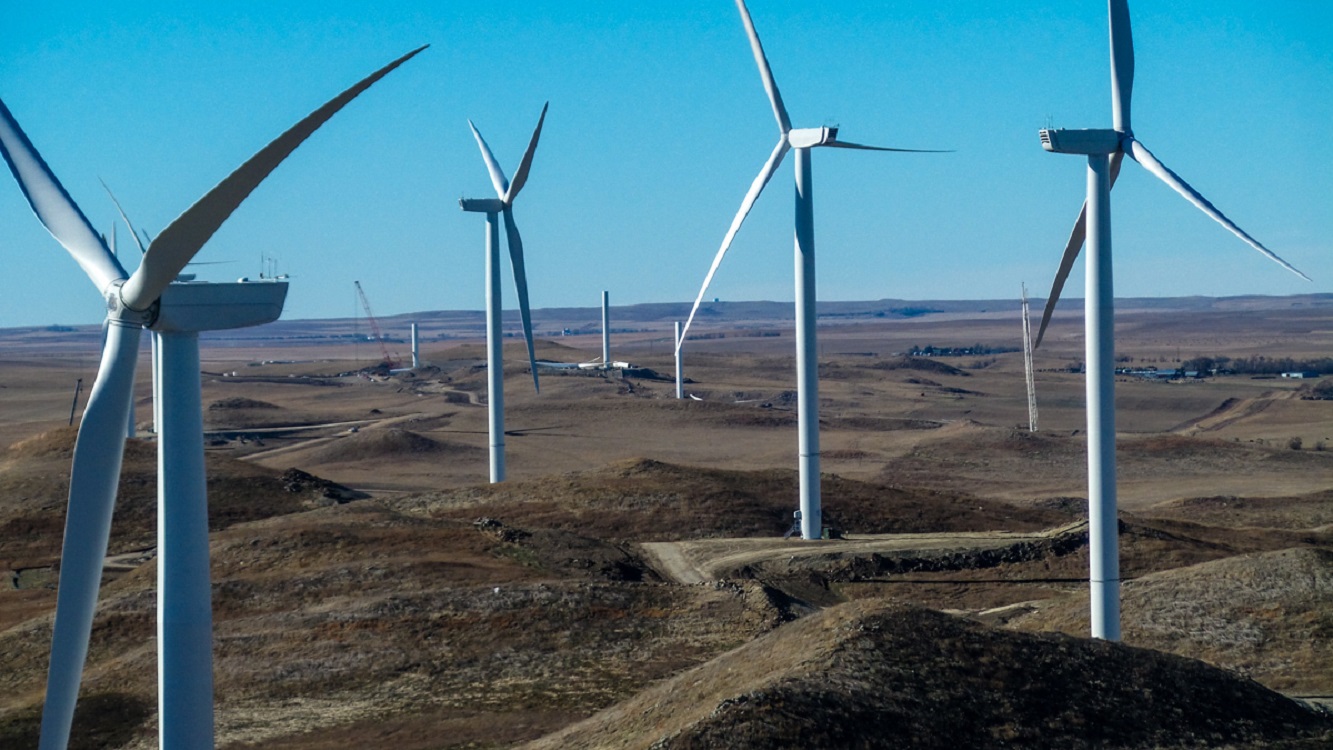The mission of the Sierra Club Foundation (SCF) is to educate, inspire, and empower humanity to preserve the natural and human environment. We recognize that to advance our shared vision of a climate safe world for all, we must nurture meaningful partnerships with Tribal leaders. Many Tribal lands are rich in renewable resources, including clean energy sources such as wind and solar. Yet Indigenous peoples are also on the frontline of fossil fuel extraction and exploitation, and are often the first communities to feel the impacts of climate change. In defending against the extractive industry, we have built partnerships with the Lummi Nation to stop proposed coal export facilities that would devastate salmon runs in Washington State, with a coalition of Southwestern tribes to create the Bears Ears National Monument in Utah to preserve sacred sites and natural wonders, with the Standing Rock Sioux Tribe and their efforts to protect their water and burial sites from the Dakota Access Pipeline, and with the Gwich’in to protect the breeding and calving grounds of the Porcupine Caribou Herd from oil and gas development on the coastal plain of the Arctic National Wildlife Refuge. We enter into these partnerships with a deep commitment to support tribal sovereignty, to understand and respect Indigenous values, and to collectively plan for seven generations ahead.
Last year, the Sierra Club Foundation embarked on an intentional effort to partner with tribes not only to defend the environment from extractive industry but also to invest early capital into clean energy projects that advance social justice outcomes. We established a new High-Impact Investment Fund within our broader investment portfolio. Through this fund we seek investments that infuse early capital into clean energy projects that directly benefit people on the front line of fossil fuel extraction and pollution, including Tribal communities. We recognize that providing early capital carries greater risk, but can also result in greater reward, both in financial returns as an early investor and, more importantly, through climate justice outcomes. We see some of the greatest opportunities to work at this nexus in Indian Country. Standing Rock Sioux Wind Energy Project is an example of our impact investments advancing climate solutions in Indian Country.
Standing Rock Sioux Wind Energy Project
Located in North and South Dakota, the Standing Rock Sioux Reservation has a population of 8,000 and covers 2.3 million acres. The Standing Rock Sioux Tribe (SRST) is internationally known for their nonviolent resistance against the Dakota Access Pipeline (DAPL). DAPL threatens the drinking water for the Tribe and millions of others who depend on the Missouri River. After the #NoDAPL protests, SRST made a bold commitment to develop clean energy that benefits all Tribal members.
The SRST Reservation sits at the center of the most consistent and productive wind area in North America. A stark indicator of the energy inequity the Tribe faces is that they are currently contracted to sell power they generate from a small solar facility into the regional grid at 2.6 cents per kilowatt-hour, yet tribal residents purchase power BACK from the same regional grid at over 14 cents a kilowatt hour. For years, the Tribe rejected proposals from wind power developers to lease their land to install large wind farms.
Instead, the Tribe has formed a federally chartered corporation, SAGE, to develop renewable energy on the reservation to generate revenue for community development priorities. SAGE is a public power authority (PPA) that has a tribally appointed women-led Board of Directors. SAGE has a vision of having majority ownership of a large-scale wind farm of about 250 megawatts. The first step in realizing such a vision is to complete pre-development activities such as conducting transmission studies, wind measurements, environmental and cultural heritage reviews, developing project finance models and securing power purchase agreements. Such “de-risking” during the pre-development phase is essential to attract project investors and permanent financing for construction on terms that will advantage the Tribe’s efforts at majority ownership over time.
Last year, the Sierra Club Foundation joined with other foundations to provide catalytic capital to the Tribe to fund these predevelopment activities. These initial impact investments will convert to an equity holding in a limited liability company comprised of SCF and other impact investors. The LLC will provide capital to the Tribe’s public power utility, as it secures a developer and a power purchaser. In return the LLC would receive financial returns from the wind farm over time. The LLC would then reinvest a significant portion of those returns back into SRST for community development projects, including other clean energy projects.
Addressing the climate crisis can provide opportunities to fundamentally transform a long and brutal history of colonization of Indigenous Peoples into a future of self-determined economic growth and clean energy leadership from Tribes and Indigenous communities around the world.
